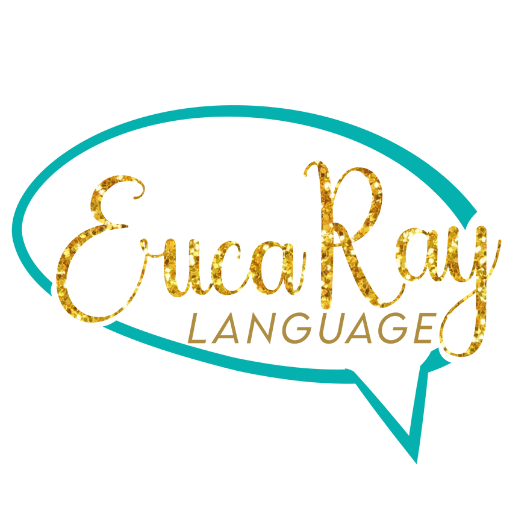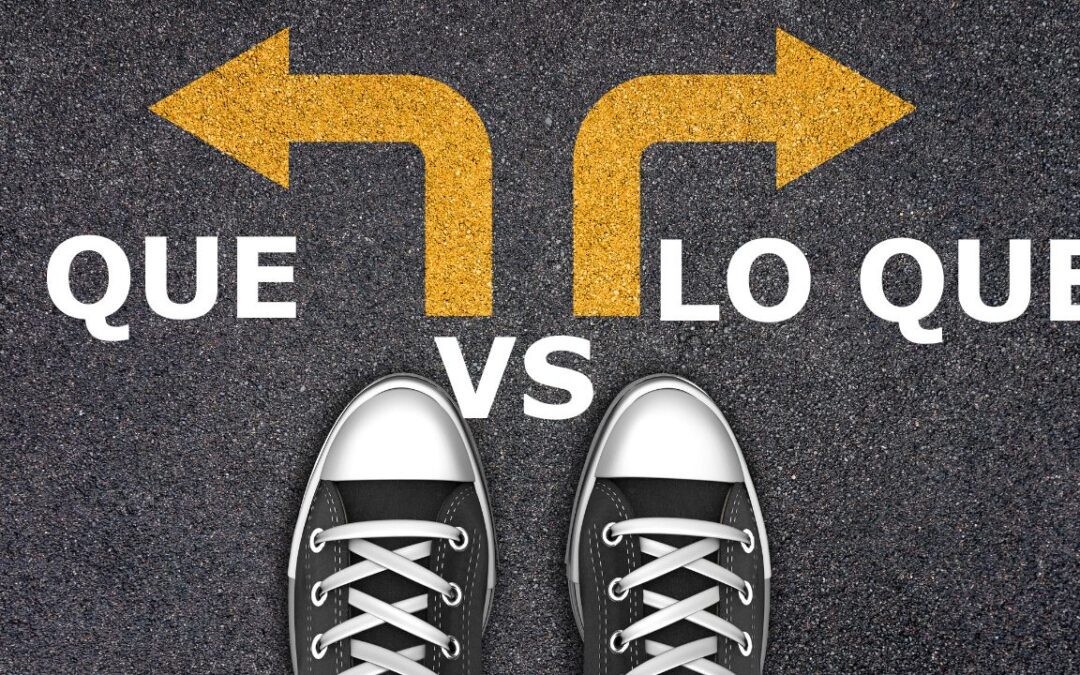One of the most common questions Spanish learners have is when to use “que” versus “lo que.” These two little phrases can cause quite a bit of confusion, but don’t worry—we’re here to clear things up! Understanding the difference and knowing when to use each will make your Spanish sound much more natural and polished.
When to Use “Que”
“Que” is a relative pronoun that means “that,” “which,” “who,” or “whom.” It is used to introduce a subordinate clause (a part of a sentence that adds extra information but cannot stand alone as a complete sentence) and refers to a specific noun mentioned earlier in the sentence.
Examples:
- El libro que leí es interesante.
- The book that I read is interesting.
- La persona que conociste es mi amigo.
- The person whom you met is my friend.
When to Use “Lo Que”
“Lo que” means “what” or “the thing that.” It is used to refer to an entire idea or concept, rather than a specific noun. It can introduce a clause that acts as a subject (the thing doing the action) or object (the thing receiving the action) of the sentence.
Examples:
Lo que dijiste es verdad. (What you said is true.)
We use “lo que” here to refer to the entire idea of “what you said.” It’s not a specific thing but rather the whole concept of your statement.
No entiendo lo que quieres. (I don’t understand what you want.)
We use “lo que” here to refer to the entire idea of “what you want.” It’s not a specific object but the whole concept of your desire.
Here are More Examples
Que:
- La película que vimos anoche fue emocionante.
- The movie that we saw last night was exciting.
- Me encantó el regalo que me diste.
- I loved the gift that you gave me.
Lo Que:
- Lo que más me gusta es el chocolate.
- What I like the most is chocolate.
- No puedo creer lo que pasó.
- I can’t believe what happened.
Quick Tips
- Use “que” when you need to refer to a specific noun (person, place, thing) that has already been mentioned.
- Use “lo que” when referring to an idea, concept, or when “what” introduces a clause that doesn’t have a specific noun mentioned earlier.
Challenge Time!
Now it’s your turn to practice! Try writing a few sentences using “que” and “lo que” correctly. Here are some prompts to get you started. Translate the following. The answers are below, but don’t look until you’ve tried yourself!
- The book that you gave me is on the table.
- I don’t understand what you mean.
- The person who called you is my sister.
- What I need is a break.
- The movie that I want to see is new.
- The car that I bought is very fast.
- What she said was very interesting.
- The cake that you made is delicious.
- I don’t understand what he wants.
- The house that I like is very big.
Ready for the answers?
- El libro que me diste está en la mesa.
- No entiendo lo que quieres decir.
- La persona que te llamó es mi hermana.
- Lo que necesito es un descanso.
- La película que quiero ver es nueva.
- El coche que compré es muy rápido.
- Lo que ella dijo fue muy interesante.
- El pastel que hiciste está delicioso.
- No entiendo lo que él quiere.
- La casa que me gusta es muy grande.
How’d you do?
These Spanish tidbits are great (at least you guys tell me they are! 😉 But the only way for them to stick is through practice.
Watch my short free training below to learn how to go from a mere Spanish learner to a confident Spanish speaker.
Erica Ray
Latest posts by Erica Ray (see all)
- The Spanish Imperfect Tense (essential for good storytelling!) - February 10, 2025
- Real Spanish Conversation: El Trabajo (Spanish Listening Practice for Intermediate/Advanced) - January 14, 2025
- Por vs Para: The SIMPLEST way to understand and choose between them - January 14, 2025

